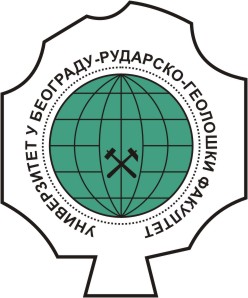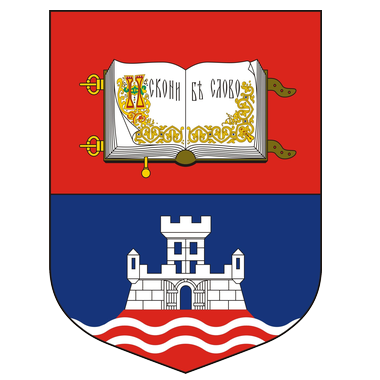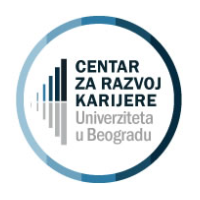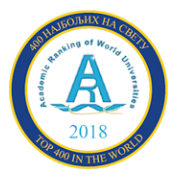Content:
Theory teaching
General terms. Historical development, tasks, shape and dimensions of the Earth, types of projections, coordinate systems, measuring units, geodetic networks, instruments and types of instruments, measurements and types of measurements. Instruments and accessories for geodetic measurement. Theodolite, types of theodolite, constituents. Level, types of leveling, component parts. Pants. Methods of geodetic measurement. Methods of measuring horizontal angles, methods of measuring vertical angles, methods of measuring height differences, methods of measuring the length. Methods for recording detailed points. Survey of results of geodetic measurements. Collection of field records. Calculating geodetic coordinates. Calculating altitudes of geodetic points. Definitions of basic concepts of graphic representations in geodesy. Definitions and contents of maps, plans, sections, profiles, axonometric representations. Conditions and coordinate systems used in plans and maps. Symbols, labels and conditional signs. Digital Plans. Definitions and characteristics of the digital plan. Use of plans and maps. Use of plans and maps in the function of space interpretation and as a basis for designing. Calculation of surfaces, calculation of soil masses and useful mineral resources. Geodetic markings. Marking of direction, length, points. Geodetic instruments of special construction. GPS devices, 3D laser scanners. Application of individual instruments in geological works. Practical teaching
Getting acquainted with geodetic instruments and accessories, practical work. Calculating spatial coordinates of geodetic points and characteristic points on objects. Application of the graphic analytic method for the spatial position and geometric elements of natural and artificial structures. Production of profiles, contour folds and orifices of the ore body, calculating the volume of tailings and deposits of mineral raw material. |
Suggested Reading List:
- Dimitrijević S., 1996.: Geodezija, Rudarsko-geološki fakultet, Beograd
- Dimitrijević S., 1998.: Priručnik iz geodezije, RGF, Beograd
- Dimitrijević S., 1994.: Zbirka rešenih ispitnih zadataka iz geodezije, Rudarsko-geološki fakultet, Beograd
- Dimitrijević S., 1996.: Praktikum za vežbe iz geodezije, RGF, Beograd
- Mihailović K., Vračarić K., 1996.: Geodezija 1, Građevinska knjiga, Beograd
|






